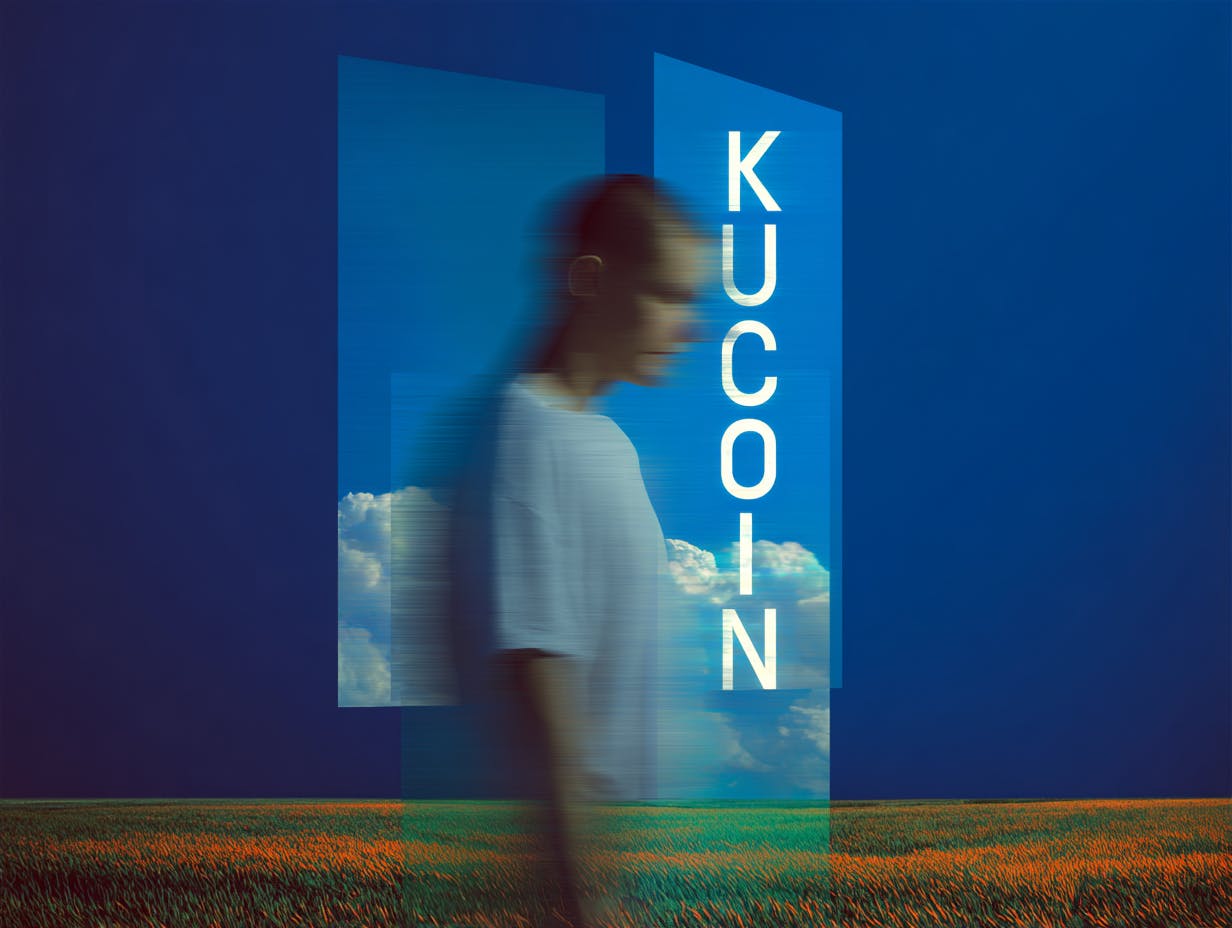Can a Traditional Money Market Fund Become Collateral for Crypto Trading?
KuCoin has announced that it will now support UBS uMINT, the first tokenized money market investment fund launched by UBS Asset Management and distributed via DigiFT. This marks the first time a global cryptocurrency exchange has enabled institutional tokenholders to use UBS uMINT as collateral for trading digital assets.
UBS uMINT is issued under UBS Tokenize, the bank’s in-house tokenization service, and is built on the Ethereum blockchain. The fund invests in high-quality money market instruments, following a risk-managed framework. Through this arrangement, KuCoin will allow tokenholders to mirror their RWA (real-world asset) holdings with stablecoin equivalents without transferring ownership. This lets institutions trade crypto while retaining the yields and custody of their traditional assets.
The integration is designed for institutional participants, who typically face liquidity constraints when dealing with tokenized traditional assets. By using UBS uMINT as off-exchange collateral, institutions can potentially access broader trading opportunities while maintaining exposure to low-risk money market investments.
How KuCoin’s Collateral Structure Works
Under this system, the tokenized investment fund remains with a regulated third-party custodian. KuCoin does not take custody of the underlying fund. Instead, it “mirrors” the value of the RWA holdings in stablecoins, which can then be deployed for trading across KuCoin’s digital asset offerings.
BC Wong, CEO of KuCoin, explained:
“This partnership with DigiFT to support the UBS uMINT token highlights a significant step forward in exploring the viability and adoption of secure investments for a broader audience. It empowers institutions to unlock tokenized traditional assets for seamless global trading.”
This setup addresses a growing need in digital finance: enabling secure, compliant ways to bridge traditional and blockchain-based markets. The arrangement reduces settlement risk, offers more flexibility for capital deployment, and allows institutions to generate yield on idle assets while engaging in crypto markets.
DigiFT’s Role in Tokenized RWA Distribution
DigiFT, licensed by the Monetary Authority of Singapore (MAS) and granted Approval in Principle by the Hong Kong Securities and Futures Commission (SFC), acts as the authorized distributor of UBS uMINT.
Henry Zhang, CEO of DigiFT, said:
“The integration of the UBS uMINT token, which will enable tokenholders to use their funds as collateral via KuCoin’s mirroring program, exemplifies our focus on enhancing capital efficiency across digital asset markets through tokenized RWAs.”
DigiFT enables both subscription and redemption of UBS uMINT in stablecoins and fiat, operating in a non-custodial manner. This flexibility is important for institutional clients who may have diverse operational setups, including the use of their own custody wallet solutions.
Why This Matters for Institutional Digital Asset Markets
The significance of this move lies in the institutional market’s growing interest in real-world asset tokenization. Money market funds like UBS uMINT are considered low-risk, highly liquid instruments in traditional finance. By enabling them to function as collateral in crypto markets, KuCoin and DigiFT are effectively extending the reach of tokenized RWAs beyond passive holding into active trading strategies.
Institutions can now potentially:
- Reduce idle capital by reusing tokenized assets as collateral.
- Maintain regulatory compliance by holding RWAs with licensed custodians.
- Access liquidity without selling underlying investments.
This could set the stage for other exchanges and asset managers to follow a similar model, creating a more interconnected financial ecosystem where traditional and digital asset markets share infrastructure.
Final Outlook
In my opinion, this initiative signals a practical use case for tokenized real-world assets that goes beyond marketing hype. Many RWA projects in the past have focused on issuance without providing clear utility. By enabling tokenized money market funds to be actively used as collateral, KuCoin and DigiFT are showing how RWAs can integrate into the existing market structure.
The success of this model will depend on several factors:
- Adoption by large institutions — Without significant institutional participation, the liquidity benefits may remain limited.
- Regulatory clarity — Both crypto exchanges and asset managers will need to navigate differing jurisdictions’ rules on collateralization and asset custody.
- Scalability of the model — Extending this approach to other asset classes like bonds, equities, or real estate could be the real game changer.
If executed well, this could be a blueprint for the broader convergence of traditional and digital finance.
Don’t forget to like and share the story!
This author is an independent contributor publishing via our


